Tag: myofunctional therapy

This Keeps You TENSE (NO ONE Talks About It)
? Ever feel like your face is flexing harder than a bodybuilder in a mirror? Or that your jaw is…
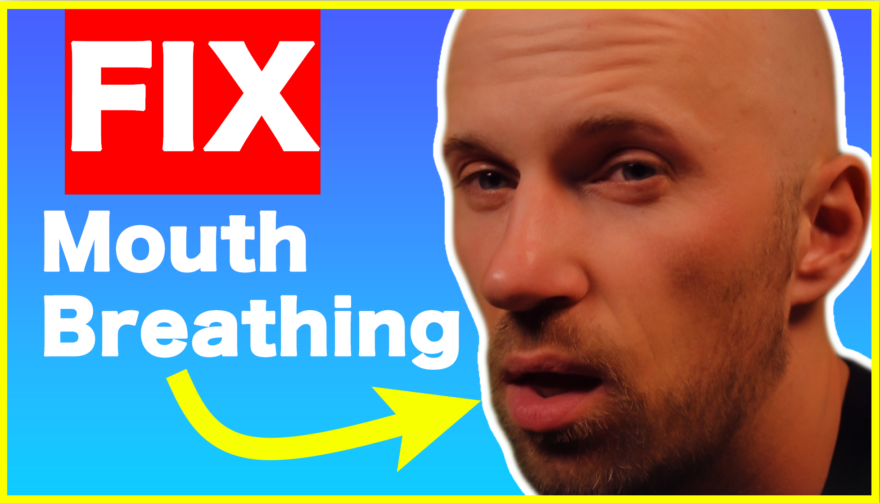
Mouth Breathing – FIX it for Good
Why Nasal Breathing is Better Are you tired of CONSTANTLY mouth breathing? If not, you should be. It might be…
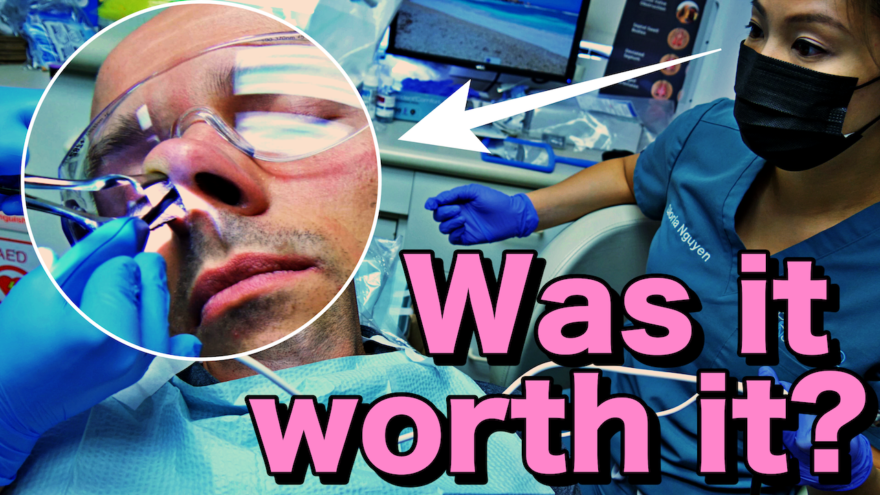
VivAer Procedure Review – Watch this Before You Do it!
Is this surgery helpful for nasal valve dysfunction? Nasal breathing has many positive health effects, but what if you are…

All About Myofunctional Therapy | Melissa Mugno
If you mouth breathe, struggle sleeping, snore, or have eustachian tube issues, then check this out!
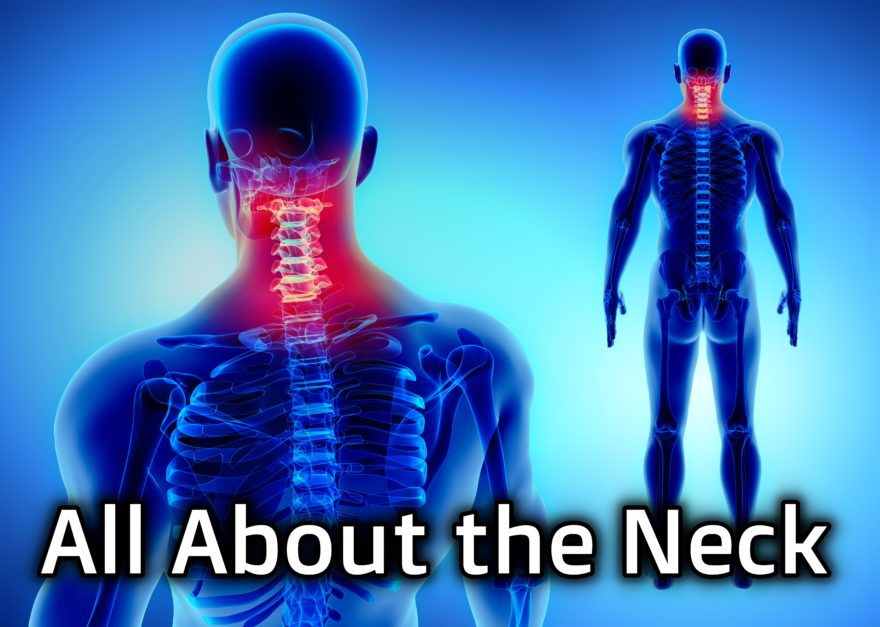
All About the Neck
A comprehensive look at cervical biomechanics and exercise The Wu-Tang clan once said “Protect Ya Neck,” but how in the…
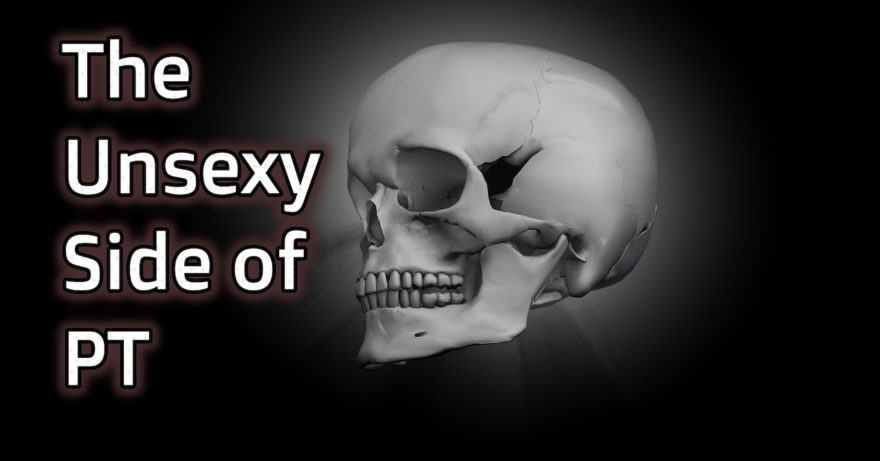
The Unsexy Side of PT
Struggle with mouth breathing? Much of the stuff taught on my site focuses on maximizing your breathing skills from the…

Pregnancy, Pectus, and Bruxism – Movement Debrief Episode 106
Movement Debrief Episode 106 is in the books. Below is a copy of the video for your viewing pleasure, and…
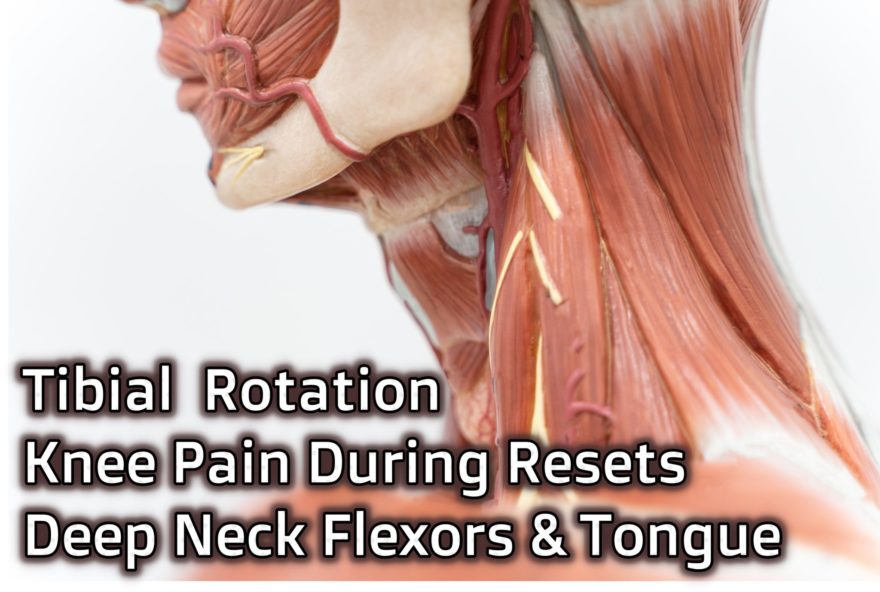
Tibial Rotation, Knee Pain During Resets, Deep Neck Flexors and Tongue – Movement Debrief Episode 93
Movement Debrief Episode 93 is in the books. Below is a copy of the video for your viewing pleasure, and…
